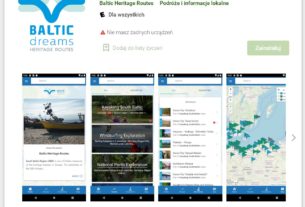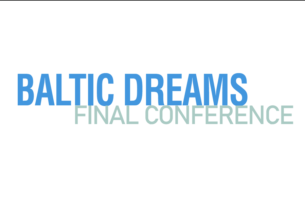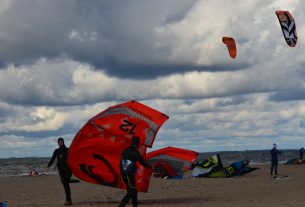LOCATION
A Danish city in the north-east of Zealand, located 40 km north of Copenhagen over the Øresund Strait. On the opposite bank of the strait there is the twin Swedish city of Helsingborg. Communication between them takes place via a ferry. From Copenhagen to Helsingør you will arrive on route 19, then on the E47. The distance from the capital of Denmark to Helsingør is approx. 45 km. You can reach hear by the train from Copenhagen. You can reach Helsingør also by train from Copenhagen. 56°02’21.0″N 12°37’16.2″E


Kronborg Castle (phot. Kronborg Castle), photo source: .
SCENIC CHARACTER
The first mention of Helsingør comes from 1231, but earlier the settlement in Sound was known as the market where the Vikings sold their profits. The city took the urban form during the times of King Eric of Pomerania, who used its location and, in 1420 he built a fortress by the bank of the Sund. Along with the fortress Kärnan, Helsingborg on the opposite coast of Øresund, it controlled the entranceway to the Baltic Sea. Since then, the city’s development has begun. Thanks to the Kronborg fortress and forced charges for crossing the strait, the city became famous as a seaport. From the point of view of the Griffin Route and the largest tourist attraction of the city as well, the most important place to visit is Kronborg Castle. Immortalized as Elsinore in William Shakespeare’s play Hamlet, Kronborg is one of the most important Renaissance castles in Northern Europe and has been added to UNESCO’s World Heritage Sites list. The history of the castle begins in 1420 when King Eric of Pomerania built a fortress by the shore by the Sund. The fortress looked similar to the castle in Darłowo in Pomerania, which King Eric was born. From 1574 to 1585, King Frederick II had the medieval fortress radically transformed into a magnificent Renaissance castle. In 1629, a fire destroyed parts of the castle, but Christian IV used this opportunity to rebuild/redecorate almost all of the castle. The castle also has a church within its walls. In 1658, Kronborg was besieged and captured by the Swedes who took many of its valuable art treasures as war booty. In 1785 the castle ceased to be a royal residence and was converted into barracks for the Army. The Army left the castle in 1923, and after a thorough renovation, it was opened to the public. Today Kronborg castle looks different than almost six centuries ago because it was rebuilt in the Renaissance style and is an excellent residence, but in the lobby, in a glass case, there is a model of the former castle, which looks like a castle in Darłowo in Poland. In Helsingør there is also a statue of Eric of Pomerania, to which the city owes its development.
ATTRACTIONS
Near Kronborg Castle is a Carmelite Priory, one of the best preserved in Europe. It owes its existence to Eric of Pomerania, who, after a pilgrimage to the Holy Land, brought monks to Denmark, offering them land in Elsinore. The convent organizes concerts and is open to tourists.
There are a number of exciting things to do in Helsingør. From historical sites to cultural attractions, explore the exhaustive list of all other local attractions in Helsingor. The National Museum Of Science And Technology – demonstrates the advancement of science, industry and technology. There is a large collection of steam engines, bicycles, motorcycles and antique cars. Also interesting is Danish Maritime Museum The Museum has exhibitions on the Danish merchant fleet, the history of navigation to Greenland and the Danish West Indies as well as a variety of changing exhibitions. If You need rest, You can visit Lake Esrum. It is Denmark’s second largest lake. There are stunning natural surroundings with a bird sanctuary, barbeque sites and bathing areas.
INFORMATION SOURCES
Heritage Class: [ C ]Cultural Heritage
Subclass [CU] : Cultural heritage events and sites
WEB PAGES
- http://www.kongeligeslotte.dk/da/slotte-og-haver/kronborg-slot.html
- https://pl.wikipedia.org/wiki/Kronborg
- https://www.visitdenmark.com/north-zealand/attractions/kronborg-castle-home-shakespeares-hamlet
- http://www.infodania.eu/info/helsingor
- https://pl.wikipedia.org/wiki/Helsing%C3%B8r
- https://www.sctmariae.dk/da/historie






